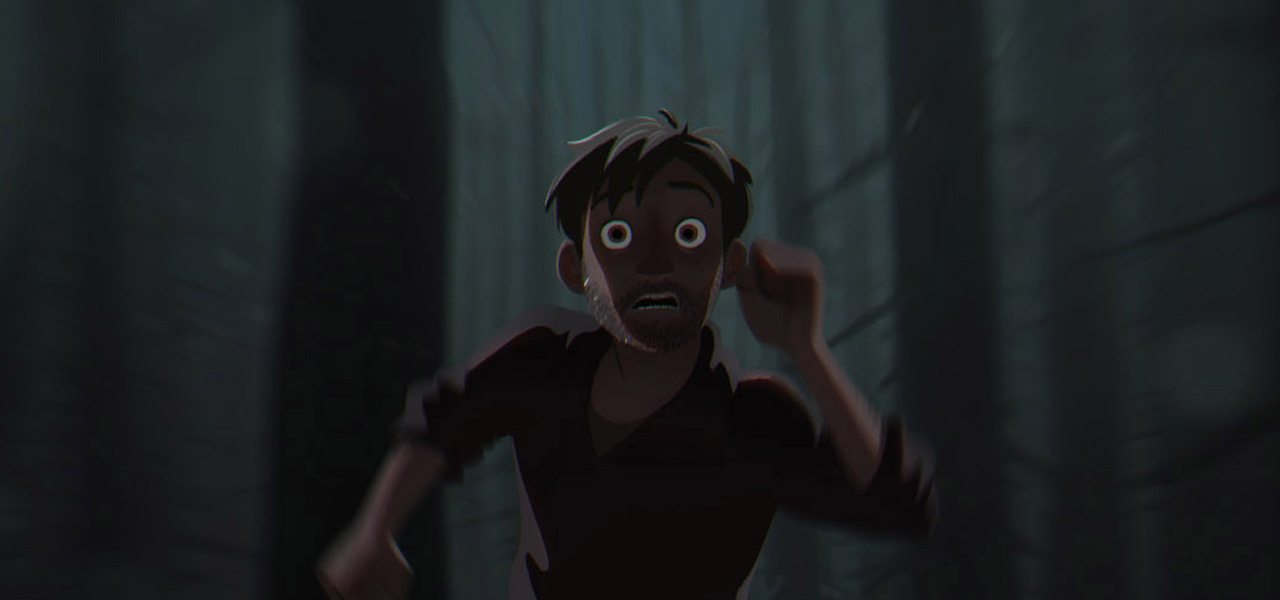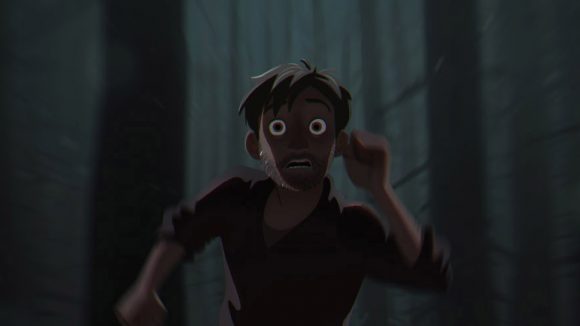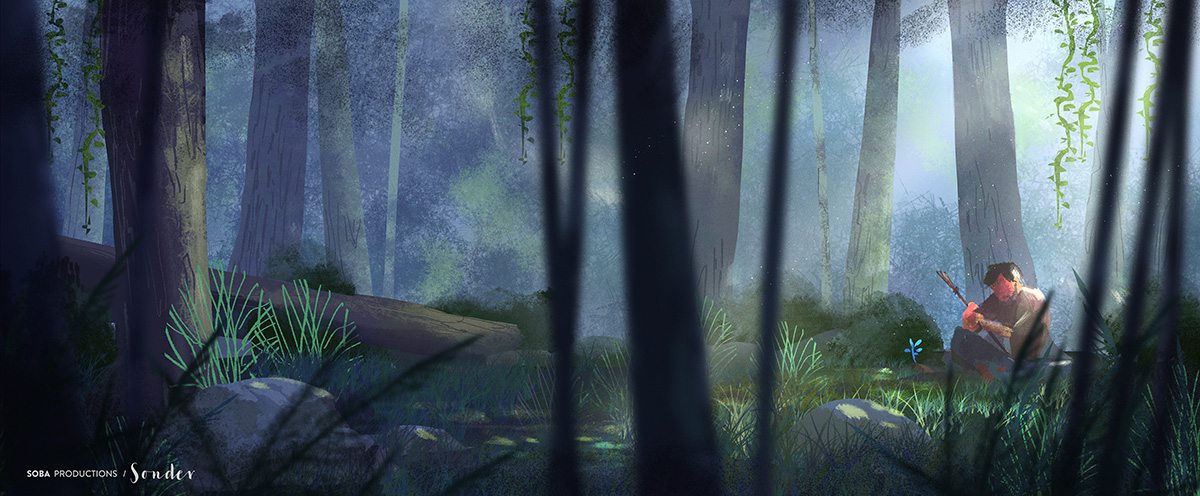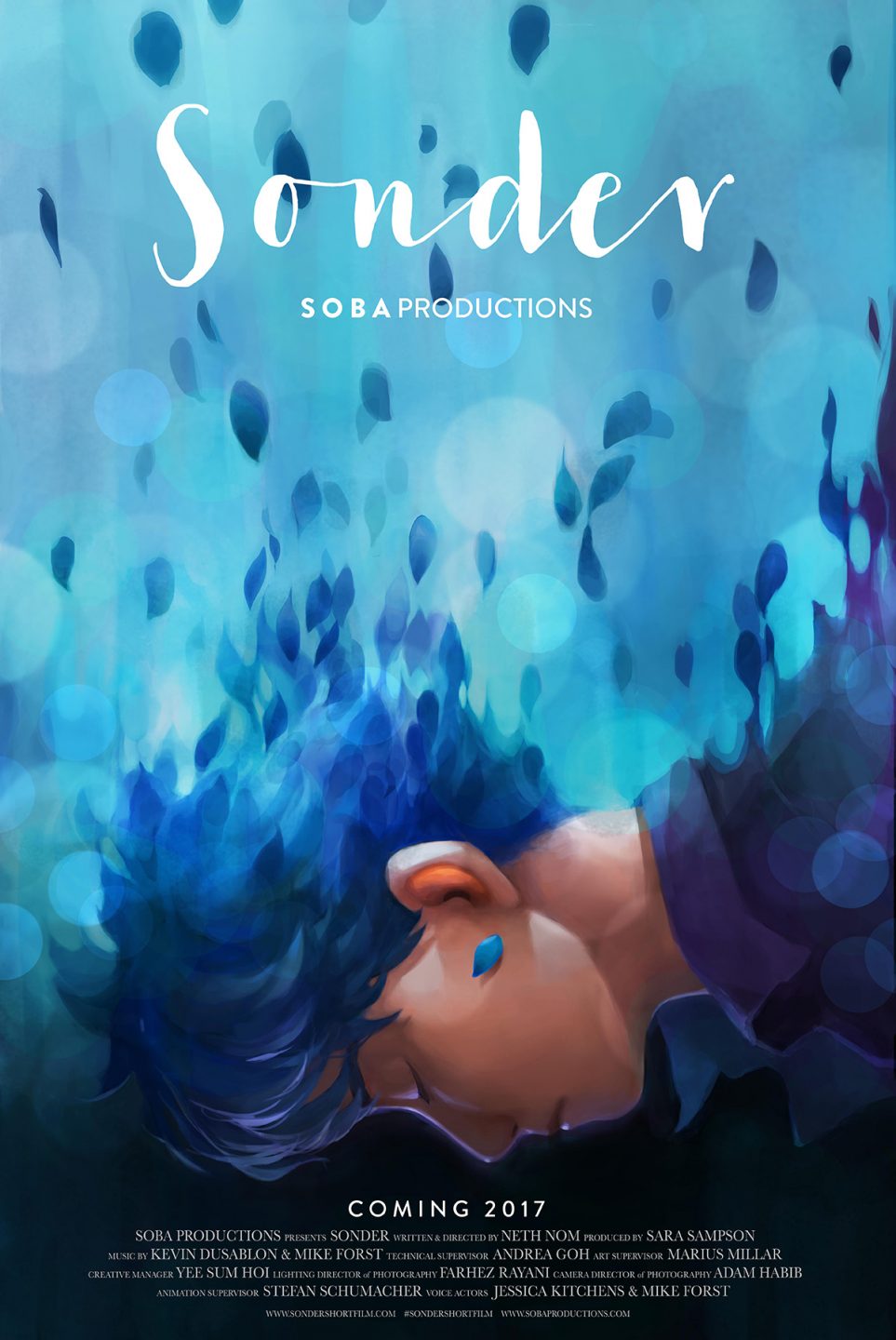

The Animated Short ‘Sonder’ Chose An Unconventional Rendering Solution: Unity
Neth Nom, an animator who has worked at Pixar, Rhythm & Hues, Sony, and Disney, is behind a new cg short film called Sonder that has adopted the Unity game engine for rendering.
Nom shares a few thoughts with Cartoon Brew on how he and the film’s crew, which comprised many artists from around the world, approached Sonder differently via the Unity engine, which is usually the domain of games and virtual/augmented reality experiences.
But first, watch the teaser below:
Sonder is being made by around 60 artists, with Nom and producer Sara Sampson orchestrating the work. Although Maya is the principal animation tool, the director said that Unity was chosen for rendering “to push this technology so that viewers can no longer distinguish between a film that was made in Hollywood versus a film that was made in a game engine.”
To enable rendering in Unity, a pipeline was established where assets were built in Maya and then layout and animation finaled in the software as well. All the data, including the sets and character animation, was then exported into Unity for the application of effects, shading, lighting, and final rendering.

“We encountered several challenges [dealing with Unity], including finding a solid method for assembling and importing assets into a scene,” said Nom. “In a normal pipeline for Maya 2016, the shading and texture mapping are essential components while passing assets downstream. Since we export Alembic cache into Unity, the assembling actually happens as the first step within Unity. And most everyone on our team was new to Unity, so training and building tools for artists took time.”
So what benefits does Unity bring compared to rendering with a renderer or via a render farm? Nom suggests it is the ‘real-time flexibility.’ “We no longer have to spend hours rendering frames only to find we need to adjust a character’s eye highlight. With Unity, what we see in the scene is what we get. This allows us to address notes and fixes on the fly while granting artists more time to achieve a desired look. As a result, we save a great deal of time in our production.”

Another benefit Nom points out is the ability to produce a vr experience around the film, since the assets, models, and animation will be ‘Unity-ready.’ That vr experience is planned once the film is finished, currently scheduled for fall 2017.
You can follow the film’s production here.

